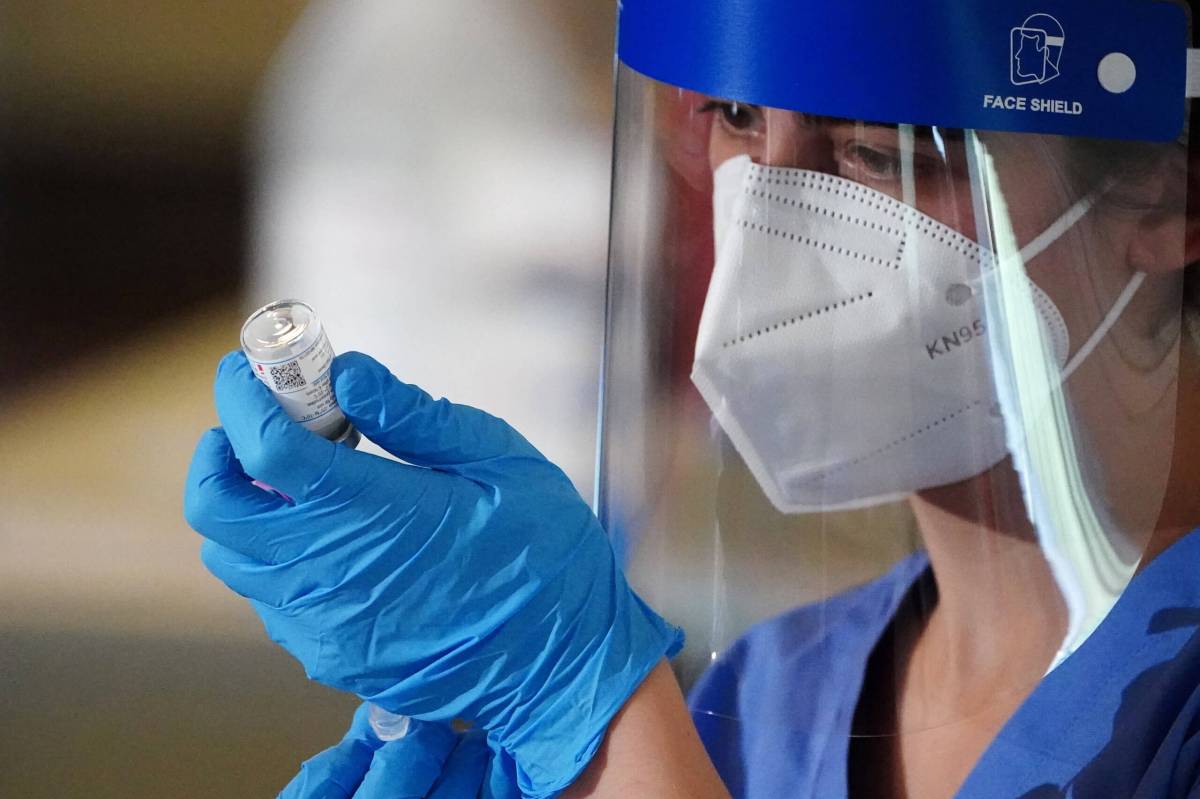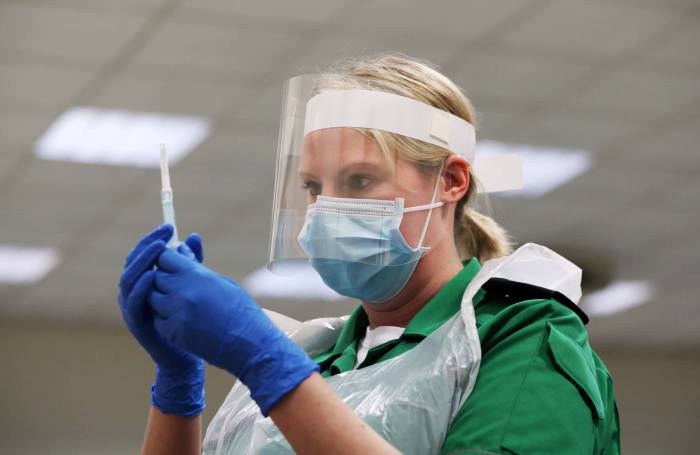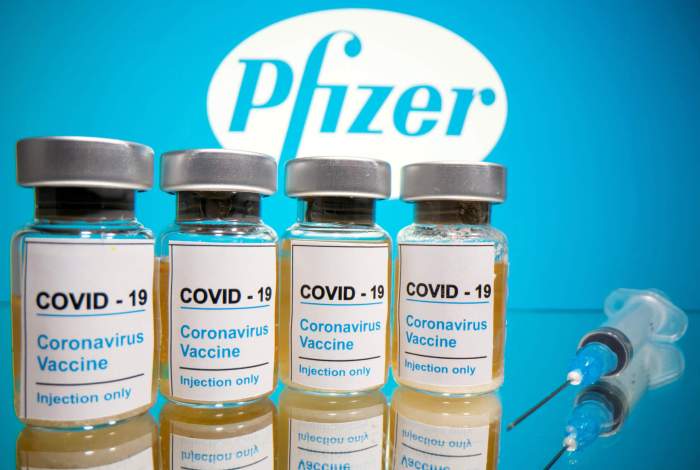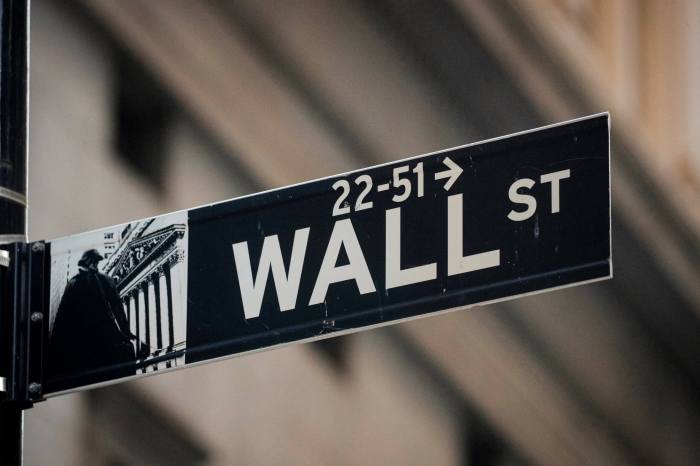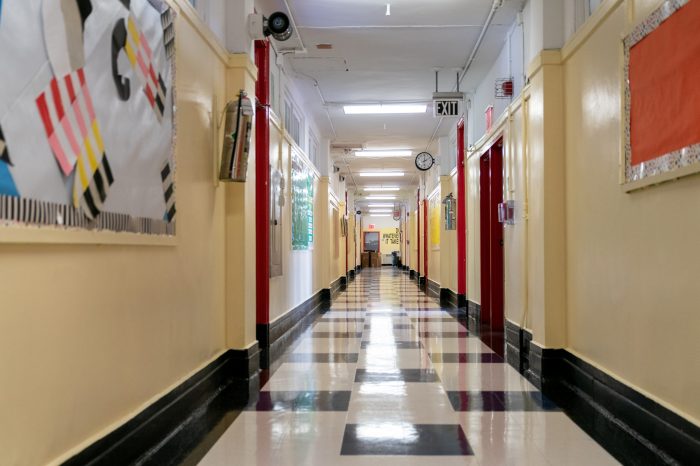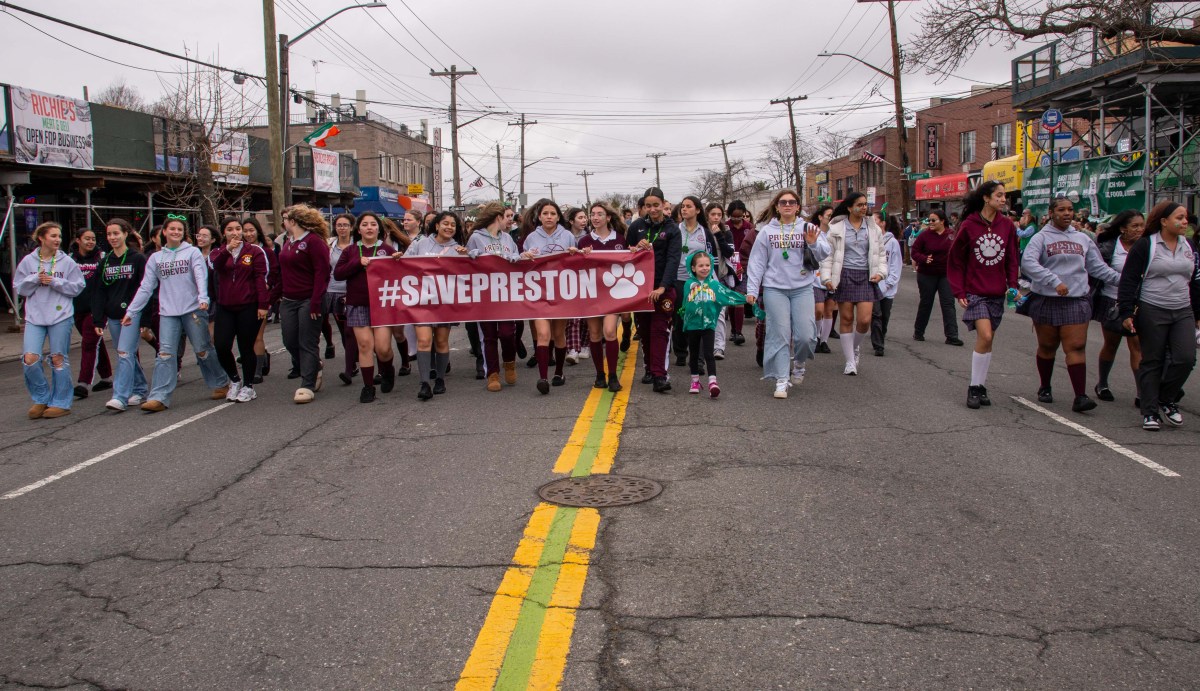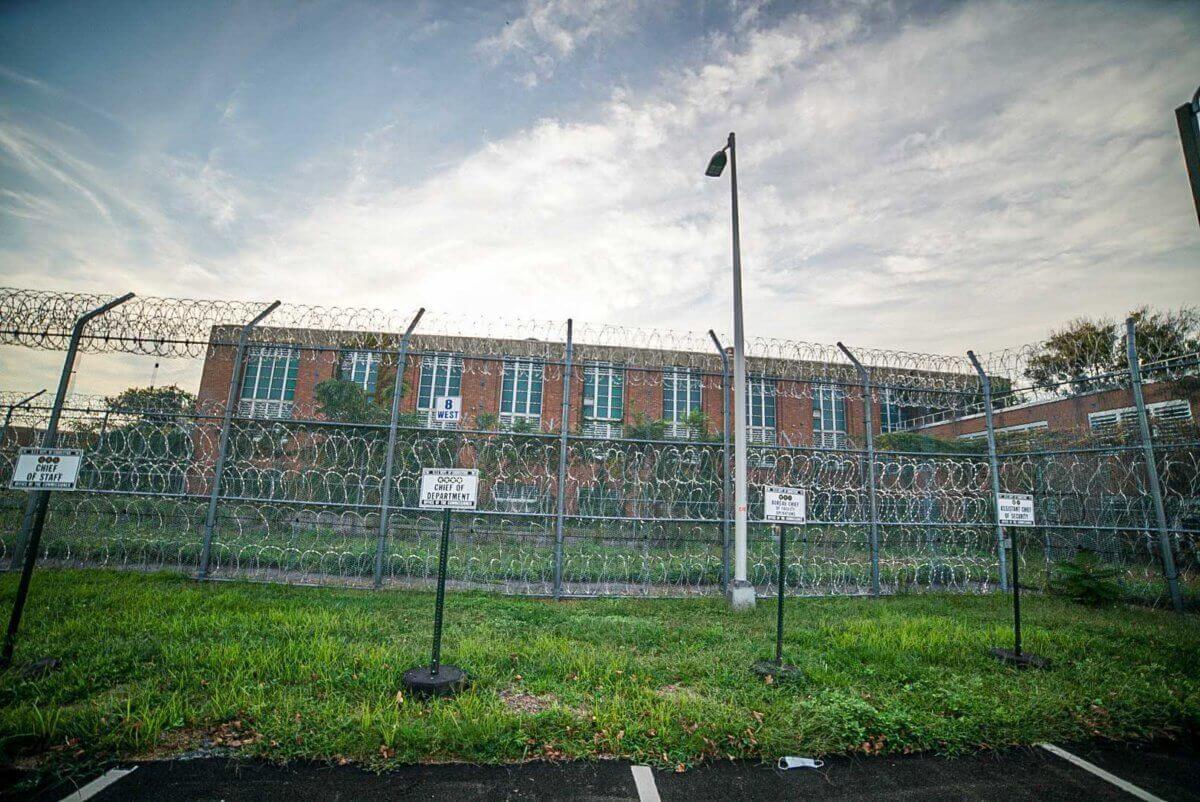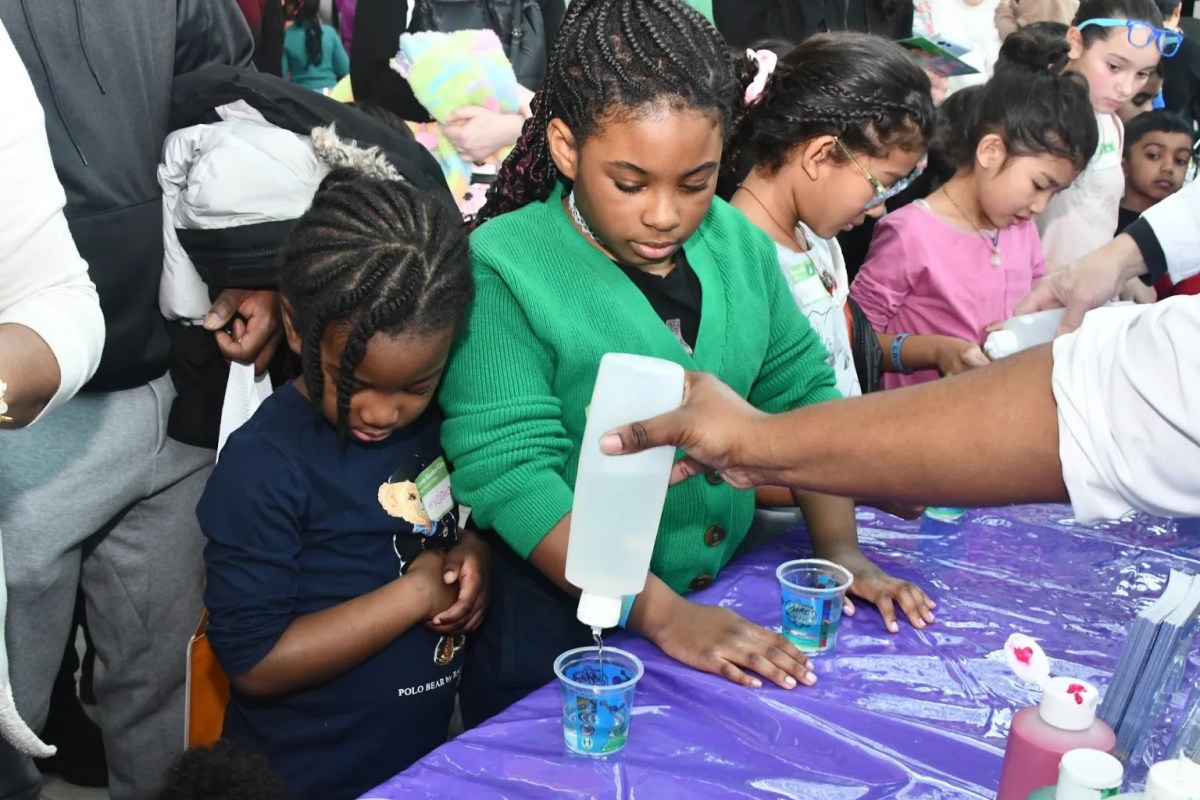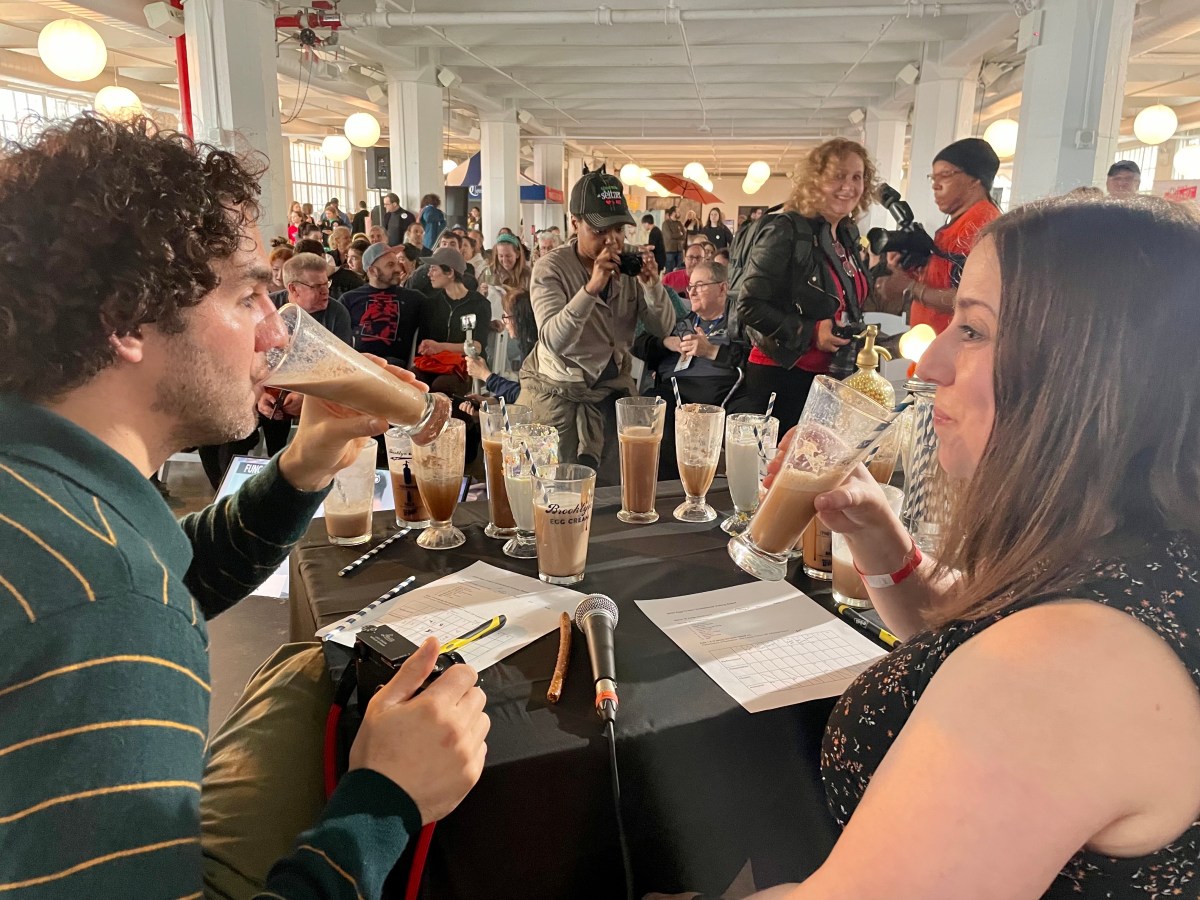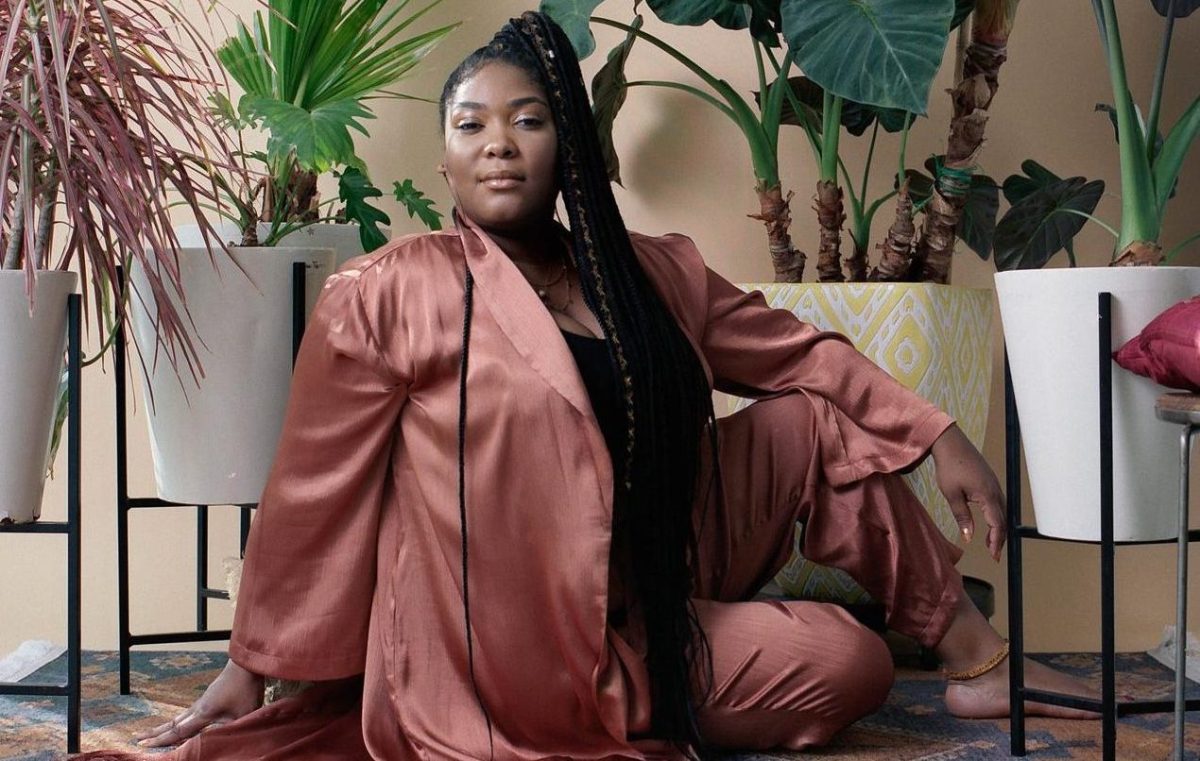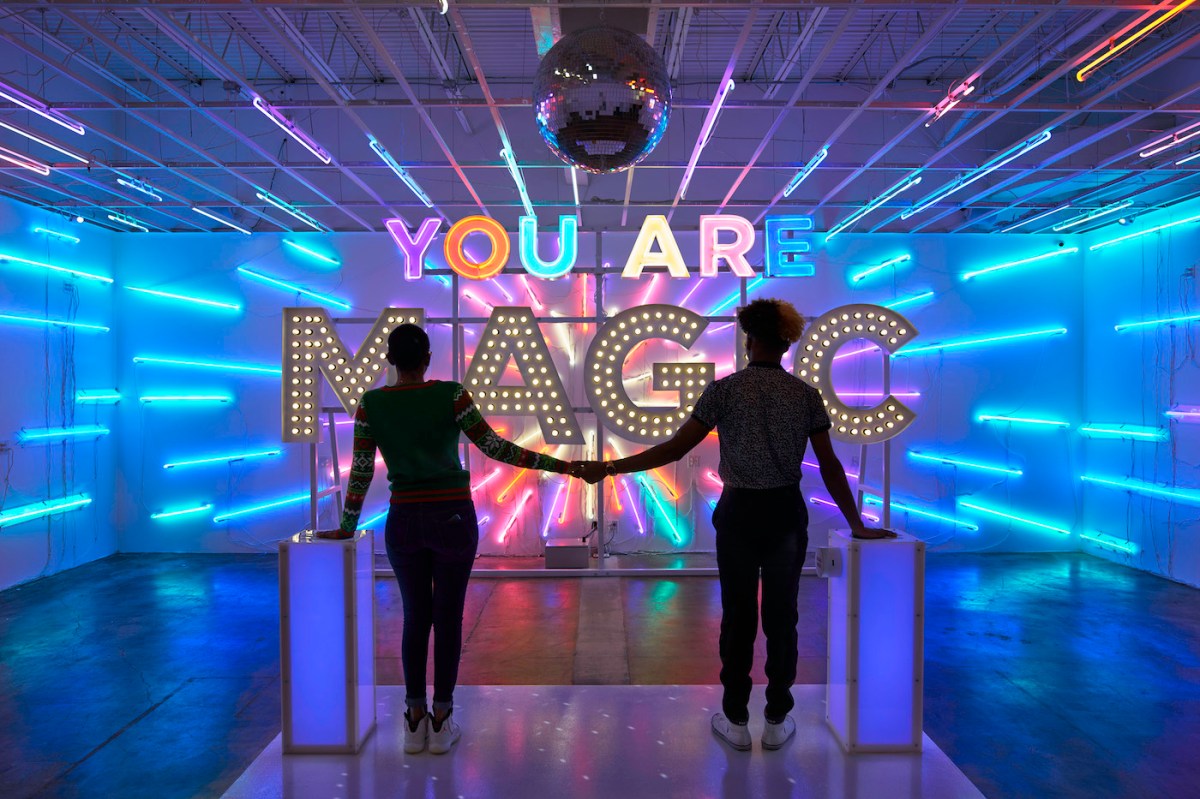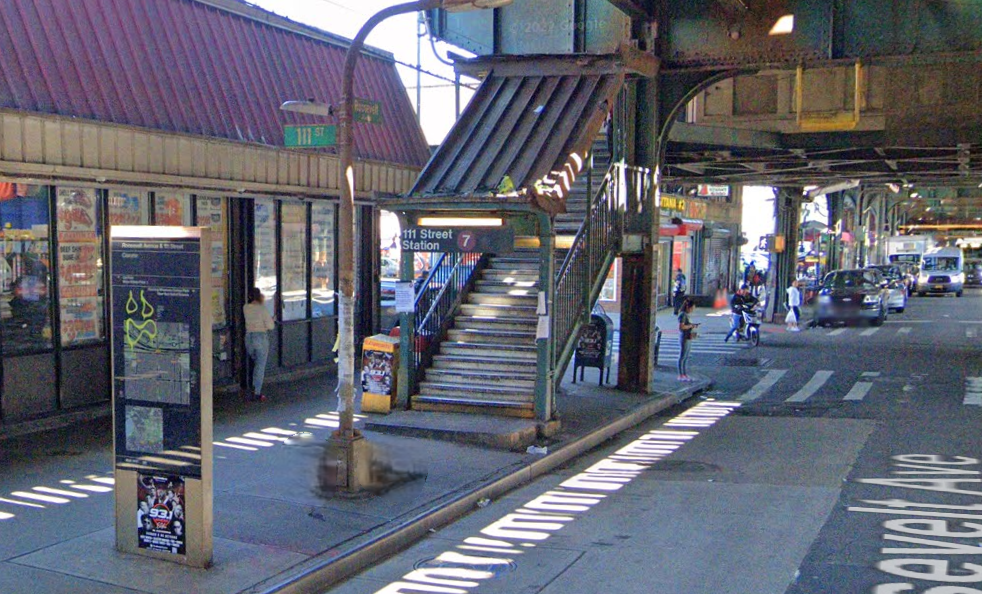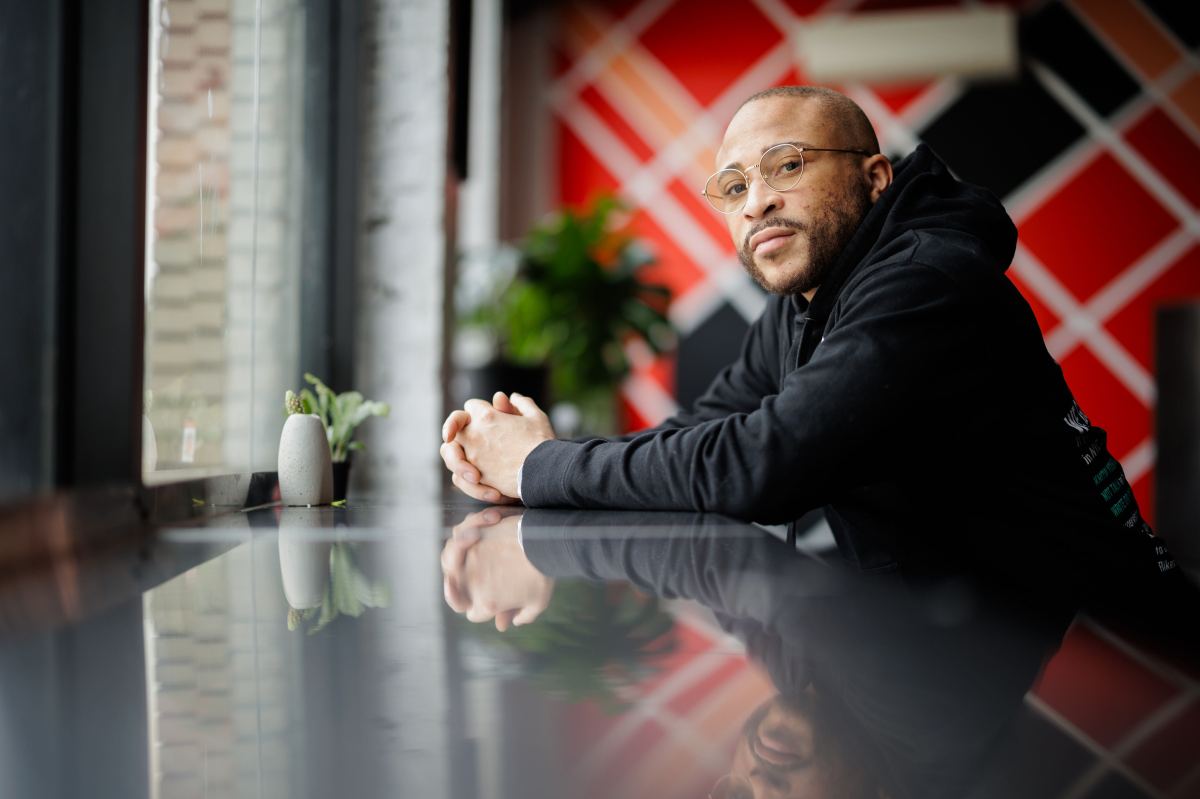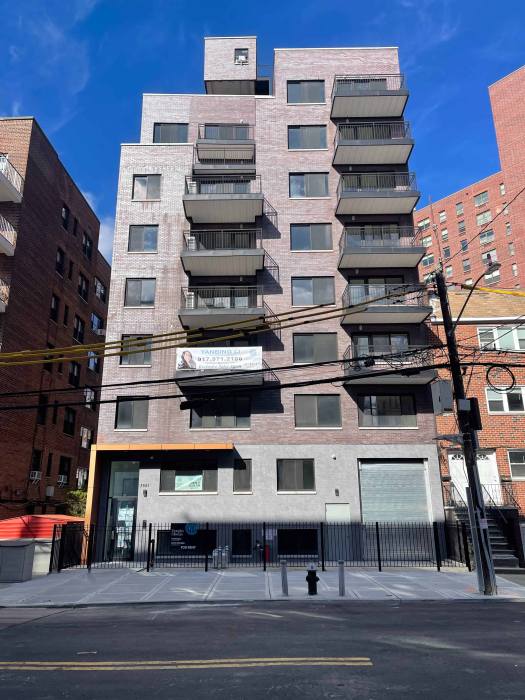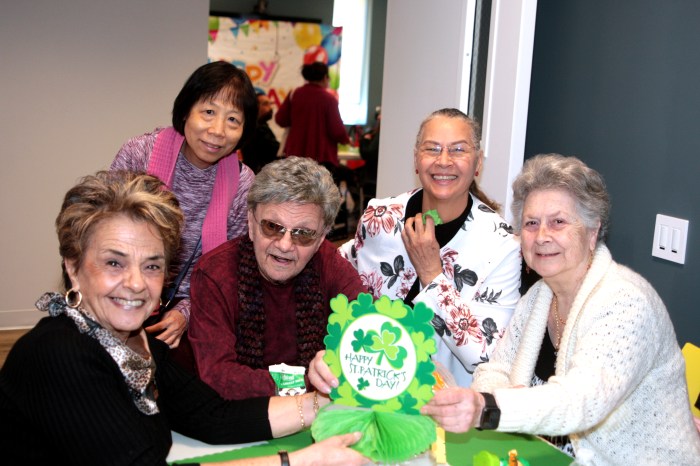The calendar may have changed, but the COVID-19 nightmare continues in New York state — with another 128 deaths and 15,074 more positive cases reported on Jan. 1.
Amid the rising rates, one New York City lawmaker on Saturday appealed for a plan to more quickly vaccinate all New Yorkers against the deadly illness.
Governor Andrew Cuomo reported Saturday that New York’s positivity rate was up to 7.45%, with another 202,446 test results reported on New Year’s Day.
The state indicates that New York City’s positivity rate is up to 6.17%, but that differs greatly from the city Health Department’s 9.39% rate reported for Jan. 1. The different figures are largely due to different methods between the city and state in reporting and tracking COVID-19 data.
Another 887 COVID-19 patients statewide were hospitalized on Jan. 1 with symptoms, bringing the total number to 7,814, a decrease of 72 from the previous day. Mayor Bill de Blasio reported Saturday that 201 people in New York City were hospitalized Friday with COVID-19.
Cuomo has previously said the hospitalization rate would be critical in determining further restriction on activity, with regions potentially closing if hospitals project that they will be at 85% capacity within three weeks.
Hospitals in New York City remain in decent shape for the time being, with the state reporting that 31% of all hospital beds remain available.
Intensive care units statewide continue to fill up with COVID-19 patients; Cuomo reported that 1,321 individuals were in ICU, up 29 from the previous day. Of those patients, 786 were intubated, an increase of 10 from Dec. 31.
New York City saw 5,228 additional COVID-19 cases on Jan. 1, about a third of the 15,074 new positive diagnoses statewide. The city also had 32 COVID-19 deaths on Friday, with 12 in Brooklyn, eight in Queens and four each in the Bronx, Manhattan and Staten Island.
Even as New York state continues battling the second wave, Cuomo expressed optimism again for “brighter days ahead” with the COVID-19 vaccine. However, the city Health Department reported that 100,878 New Yorkers have thus far received the first dose, though 358,250 vaccines have been delivered to the city.
Manhattan City Councilman Mark Levine took to Twitter to call for action to expedite the vaccination process, comparing the situation to the smallpox outbreak of 1947.
“In April 1947, New York City faced a terrifying smallpox outbreak. 23 days later the City had vaccinated 6 million people,” Levine tweeted to start a lengthy thread on the topic.
During the smallpox outbreak nearly 73 years ago, the city mobilized an army of thousands of health care professionals and volunteers to distribute vaccines at clinics, public schools, police precincts, fire stations and other public venues.
“NYC should set up 100s of points of distribution (PODs) for COVID-19 vaccination in school gymnasiums, community centers, houses of worship, and public housing complexes,” Levine wrote. “There will be many roles in the PODs which don’t require specialized medical training. (like signing people in, or managing lines). Why not hire young people or [New Yorkers] out of work for these jobs? It could serve as a launching pad into the world of public health careers.”
The councilman said a rapid COVID-19 vaccination program is more than feasible for New York City, noting that the city’s Health Department has “on the shelf” a plan to distribute the anthrax vaccine to all New Yorkers within 72 hours in the event of a bioterror attack. That plan, he noted, relies upon thousands of city workers mobilized for the process.
Still, Cuomo insists that “it will be months before we’ve reached critical mass” when it comes to distributing the two-dose COVID-19 vaccine.
“The state is working around the clock with the medical community to not only ensure vaccines are distributed as quickly and efficiently as possible, but to also continue growing bed capacity so hospitals do not become overwhelmed,” the governor said. “As daunting as it may seem after all this time, it’s critical that the rest of us remain tough and keep up our efforts to slow the spread. We’ve already come so far and we will finally reach that light at the end of the tunnel if we all just do our part.”



